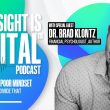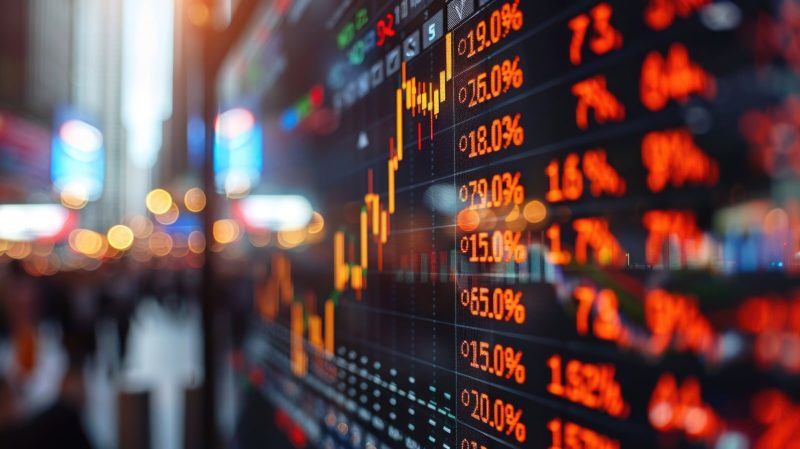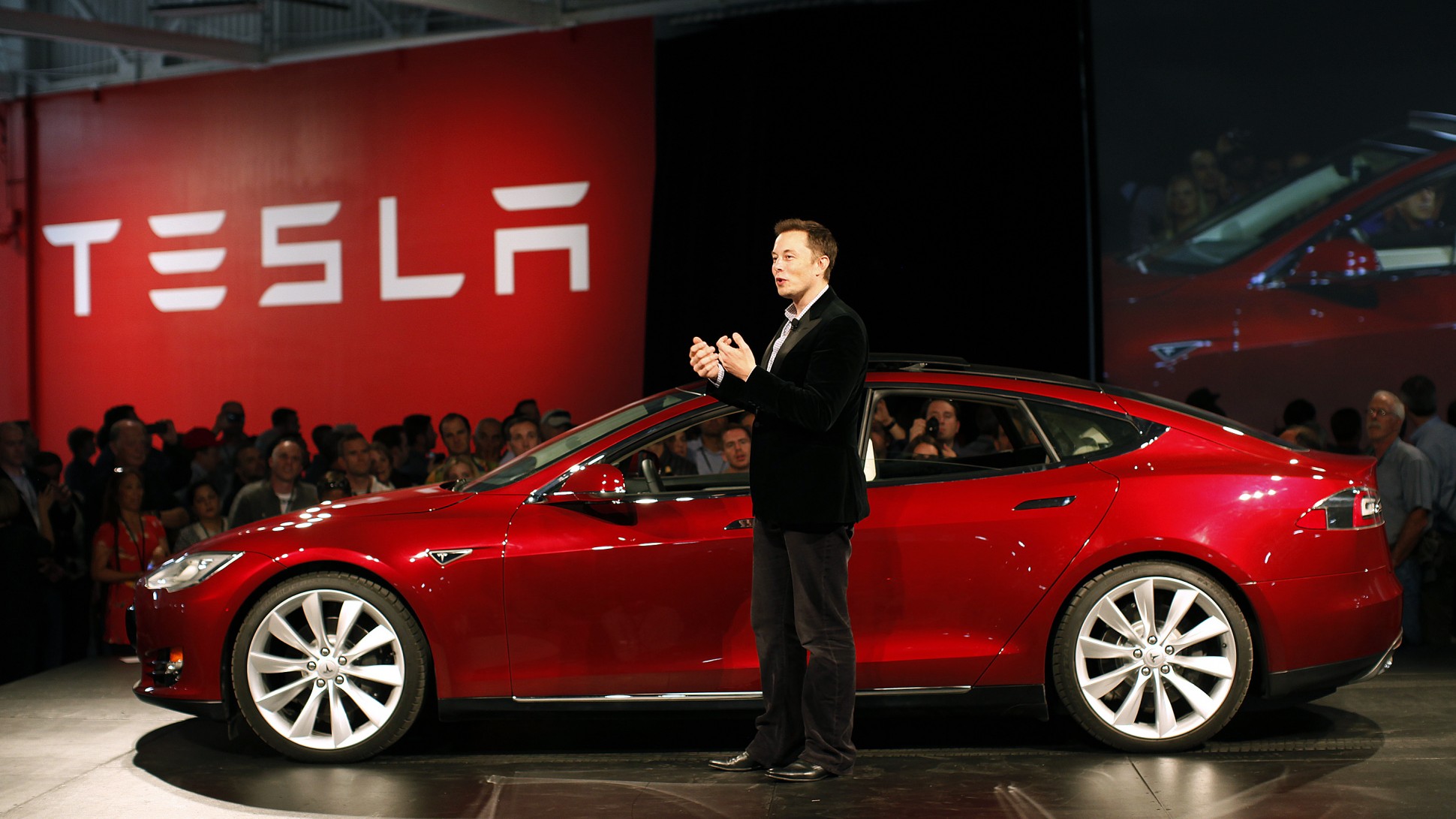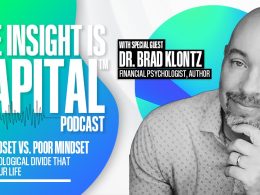"The future belongs to artificial intelligence (AI) and the companies leading the AI revolution." That’s the story today’s market is telling, according to Rob Arnott, Chairman of Research Affiliates. But if you’ve seen this movie before—say, around the year 2000—you know how it ends.
In The AI Boom vs. the Dot-Com Bubble: Have We Seen This Movie Before?1, Arnott, alongside co-authors Trent Commins and Xi Liu, lays out an unflinching analysis of the parallels between today’s AI mania and the tech exuberance of the late 1990s. And while the technologies may differ, the narrative mechanics, valuation extremes, and investor behavior echo with eerie familiarity.
So, is 2025 the new 2000?
"Maybe. And maybe John Wick 5 will end with Keanu Reeves’s titular character laying down his arms, embracing pacifism, and dying an ignominious death. In other words, maybe, but probably not".
Act I: When Narrative Becomes Valuation
Markets love a good story. And AI is the best one investors have heard since the dawn of the internet. In 2023 and 2024, the Magnificent Seven—Alphabet, Amazon, Apple, Meta, Microsoft, NVIDIA, and Tesla—soared to valuation heights that made history. Small-cap and value stocks, meanwhile, plumbed depths unseen since the pandemic panic.
But 2025 opened with an unsettling twist: several AI giants began to stumble. As Arnott notes, “narrative-driven markets can always create asymmetric risks”, especially when investors “price in the best possible outcomes and ignore the potential challenges”.
The risk, he argues, isn’t that AI isn’t real—it’s that markets are once again mistaking early leadership for lasting dominance.
Act II: Echoes from the Year 2000
The internet did change everything—but that didn’t stop Cisco, Dell, or Intel from tanking. “It was all true,” Arnott writes of the dot-com era. “Yet the 10 most valuable tech stocks in 2000 underperformed the S&P 500 for the next 15 years”.
Palm, once more valuable than GM, collapsed. BlackBerry overtook it. Apple wiped out BlackBerry. “Technological disruption is unforgiving… industry leaders can be quickly dethroned”.
AI, Arnott concedes, “will transform the world… but as with all technological innovation, the pace of human adoption may be slower than the visionaries predict”. Sound familiar?
And therein lies the rub. The AI narrative may be largely correct—just not at today’s prices.
Act III: NVIDIA = Cisco 2.0?
No company better embodies this boom than NVIDIA. “In a recent five-year period, NVIDIA shares rose more than 2200%”. In June 2024, it briefly became the most valuable company on Earth.
That’s precisely why Arnott compares it to Cisco—king of the dot-com infrastructure. But there’s a key difference: “Unlike Cisco, NVIDIA’s earnings have risen along with its share price… but we are troubled by a price-to-sales ratio over 25”.
To justify its current valuation, NVIDIA must nearly double its economic footprint relative to the entire market. Even if it succeeds, competition is inevitable. “Success encourages envy, which invites competition… Today’s innovators are tomorrow’s dinosaurs”.
And it’s already happening. DeepSeek, a Chinese startup, launched a fully competitive large language model at one-tenth the cost. NVIDIA, Microsoft, and Alphabet shares all fell on the news. The lesson? In tech, your lead is always temporary.
Act IV: Concentration and Fragility
The AI boom has pushed U.S. equity concentration to record levels. At year-end 2024, the 10 largest stocks made up nearly 40% of total market cap—compared to just 25% at the peak of the dot-com bubble. “The increased concentration… reflects the oversized impact of the Magnificent Seven”.
But does higher earnings justify the concentration?
Maybe. The top 10 stocks now account for 28.8% of market earnings, versus just 16.1% in 2000. Yet they still trade at a 62% premium to the rest of the market, down from 76% in the dot-com era—but still lofty.
“Clearly, the top dot-com bubble stocks had more optimism baked into their stock prices and were less reliant on current profits than their successors in today’s AI-fueled market”. But even solid fundamentals can’t defy gravity forever.
Act V: What’s an Investor to Do?
Arnott offers three options.
- Embrace Cap-Weight (and the Risk)
Cap-weighted portfolios are all-in on the narrative. At year-end 2024, the Magnificent Seven made up 33% of the S&P 500. If they falter, the index will suffer. Investors who bought into the S&P 500 just before the dot-com crash waited five years to recover. “The largest 10 names… also accounted for half of its losses when the market crashed”.
- Go Full Value (and Miss the Upside)
Naïve value investors avoid the hype—but at a cost. “Value stocks can underperform for long periods despite solid fundamentals”. The Russell 1000 Value, for instance, holds zero Magnificent Seven exposure.
- Choose Fundamental Indexing (the Middle Path)
Enter RAFI: Research Affiliates’ Fundamental Index. “RAFI filters out excessive speculation—the extremes in either direction—and emphasizes companies and sectors with genuine economic footprint”.
It uses four metrics—book value, sales, cash flow (including R&D), and dividends plus buybacks—to measure real economic impact. As of late 2024, RAFI’s exposure to the Magnificent Seven was just 20.2%—40% less than cap-weighted indices.
Performance Test: What History Tells Us
RAFI’s track record speaks volumes. During the dot-com bubble (1998–2003), RAFI returned 66%, while the S&P 500 returned 25% and the Russell 1000 Value 38%.
Even amid the AI boom (2020–2024), RAFI outperformed value by 32%, though it trailed the S&P 500 by 13%. In nine rolling five-year tests from 1995 to 2003, RAFI outperformed in seven. “RAFI’s balanced approach… would have served investors well”.
Final Scene: A Philosophy, Not a Forecast
Arnott is clear: no one can time the pop.
“However closely the AI market narrative mirrors the dot-com bubble, it will unfold in its own way and on its own timeline”.
That’s why he champions a philosophy over a prediction.
“Navigating the AI narrative, or any narrative, is not so much about relying on an investment strategy as adopting an investment philosophy”.
Narratives drive markets—but when they drive prices too far, reality always returns. And when it does, investors anchored to economic fundamentals—not fads—are most likely to endure.
“Narratives fuel markets. But how—and when—the story ends is always uncertain. Amid the unanswered questions of the AI era, RAFI offers a resilient framework that positions portfolios to weather whatever ups and downs lie ahead”.
*****
Footnote:
1 Rob Arnott et al., “The AI Boom vs. the Dot-Com Bubble: Have We Seen This Movie Before?” Research Affiliates, March 2025.
















